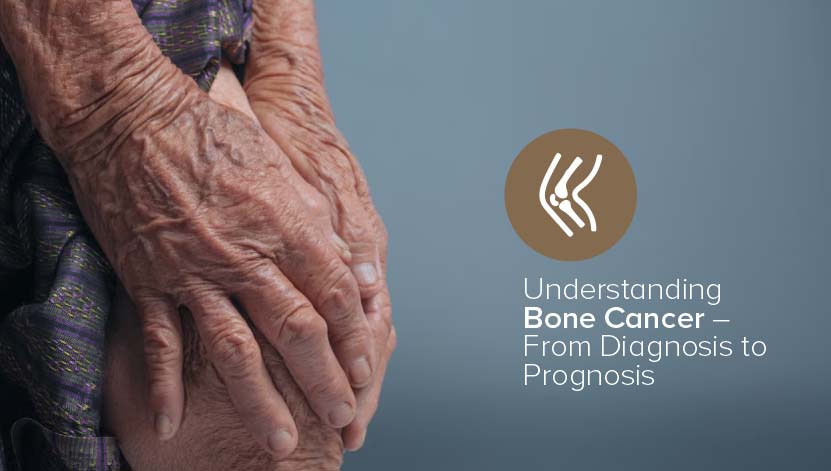Bone cancer is a formidable opponent in the realm of oncology, known for its rarity but the significant impact it can have on those it affects. This type of cancer, which can start in the bone or spread from other areas of the body, is complex and warrants a deep understanding from both patients and the greater medical community.
